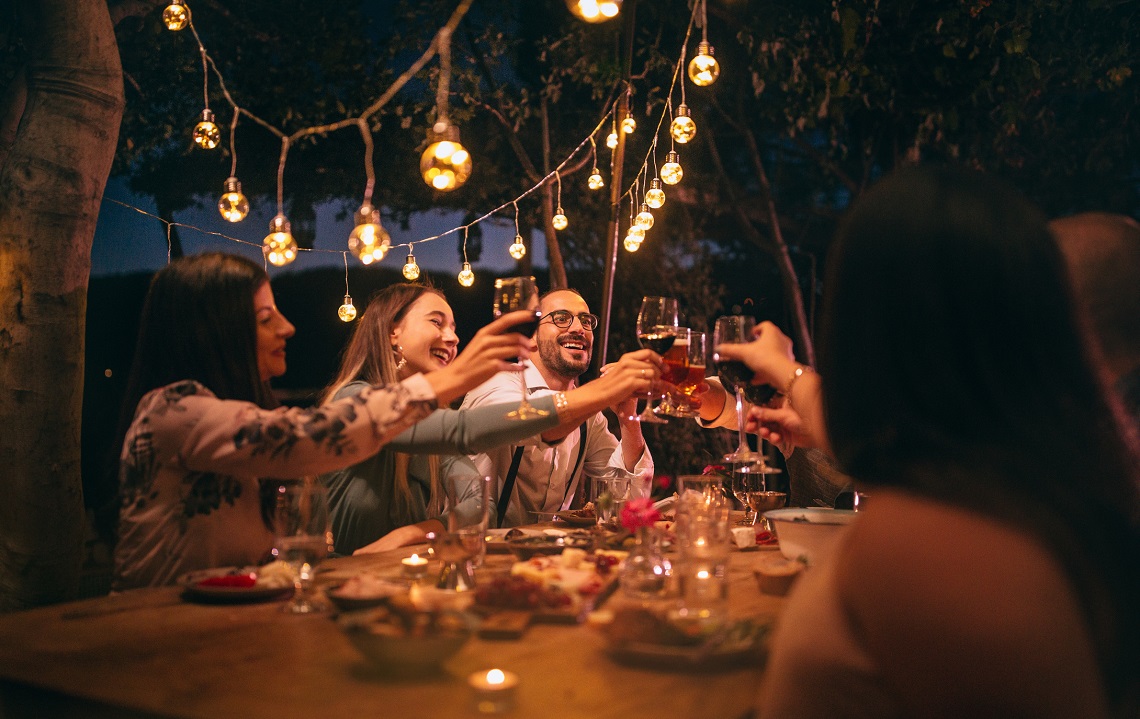In the 2022 National Liquor News Industry Leaders Forum, IRI analysed which pandemic-driven consumer habits and values will impact the liquor industry in the year ahead. Article written by Georgie Theologedis, Lead Consultant – Liquor and Tobacco at IRI.
A century ago, the ‘roaring twenties’ delivered a dramatic decade of flourishing social, cultural and political change. As we embark on the ‘roaring twenties 2.0’, pandemic-driven behaviours and accelerated digital adoption will reshape the way Australians live. Underpinned by renewed values focused on localism, health, sustainability and community, our new at-home habits must find their way among the world of our own choosing. Local is the heart of our hybrid lives as we clamour for indulgent convenience of ‘what works for me where I want to be’.
It needs to be good for me and good for the planet
As we look to reclaim our health, non-alcoholic alternatives will continue to boom with seven in 10 Australians drinking wine, spirits and RTDs and the category is expected to grow by +16 per cent to 2024. We also expect brands to do more about ethical and
sustainable sourcing of ingredients as the link between green and health intensifies, with three-quarters of Australians willing to pay a price premium for brands with sustainability practices. If you take heed, you will be duly rewarded. But sustainability messages must be
transparent, clear and concise in the environmental sense and in how they meet individual needs.
We’re also placing greater expectation on holistic health encompassing diet, mental health, self-care and natural and organic options – and liquor is rapidly responding. Hero of Zero, Hello Vegan Wine and Round Theory all ruptured the market as niche vegan brands leading a category where 70-90 per cent of value was generated in the latest MAT alone. Non-alcoholic beer positioned as a healthy alternative to soft drinks was also a winner (+47.1 per cent in grocery and +89.9 per cent in liquor) and ‘no-sugar’ alternatives for well established dark spirits over indexed in growth and will likely take off as NPD continues.
From QR to AR, liquor how and when you like it
New behaviours command a ‘make it convenient to me but make it special’ mandate as we seek the best ‘wherever I choose to be’ catered by digital.
Shorty’s Liquor launched a virtual gifting service where the sender can personalise a video message and the recipient chooses when and where the gift is delivered. US e-commerce platform Thirstie just released alcohol branded gift cards with major liquor brands. Their research reveals over eight in 10 high income consumers seek a top-selling vodka brand gift card (84.4 per cent) over leading retail gift cards Apple (76.9 per cent) and Starbucks (76.5 per cent). Thirstie gift cards enable an omnichannel offering with redemption through affiliate merchant sites. In Canada, Romeo’s Gin V, co-created with a digital
artist, delivers a unique augmented reality experience via QR code taking the drinker into the universe of the artist, which includes a Spotify playlist.
Google Cloud Retail Digital Pulse found one quarter of retailers invested in digitalisation during the pandemic to reduce costs and improve profitability with 17.5 per cent wanting to improve customer experience to drive revenue and/or increase KPI scores. In the US, The Giant Company is utilising ‘Social Shelf’, an in-aisle and e-commerce advertising tool that uses QR codes on shelf tags to provide product details to help smaller, local brands get more affordable visibility. This tech would endear the 93 per cent of Australians more likely to buy Australian-made and offers a win for boutique producers to capitalise on our passion for provenance in-store.
As the Champagne flows, cater to convenient culinary escapism
Convenience is not just about pack-to-mouth speed. Increased savings in 2021 (almost double prepandemic ratio levels) mean premiumisation cravings will continue. Champagne (+28.3 per cent) is an almost every day at-home indulgence while Australians are also shopping by heritage and reputation with the $20-$50 wine category enjoying double digit growth and premium spirits are also showing off such as Johnnie Walker Blue Label (+45.5 per cent), Four Pillars (+60.8 per cent) and Grey Goose (+29.2 per cent).
Successful brands in the roaring twenties will invest in improving and augmenting omnichannel efforts because shopping experience expectations are changing – we expect retailers to be present everywhere we are. We are shopping online on the websites of retailers with physical shops and via social e-commerce, which is estimated to increase 31.4 per cent by 2027.
No matter the device, channel, platform, locale and time of day, Australians expect brands to be consistent and experiences seamless. You need to know what your shopper is going to do before they do and connect with Australians as individuals and at scale in the moment in their hybrid digital physical world where culinary escapism is du jour.
Find out more about what to expect from the industry this year in the 2022 National Liquor News Industry Leaders Forum.

